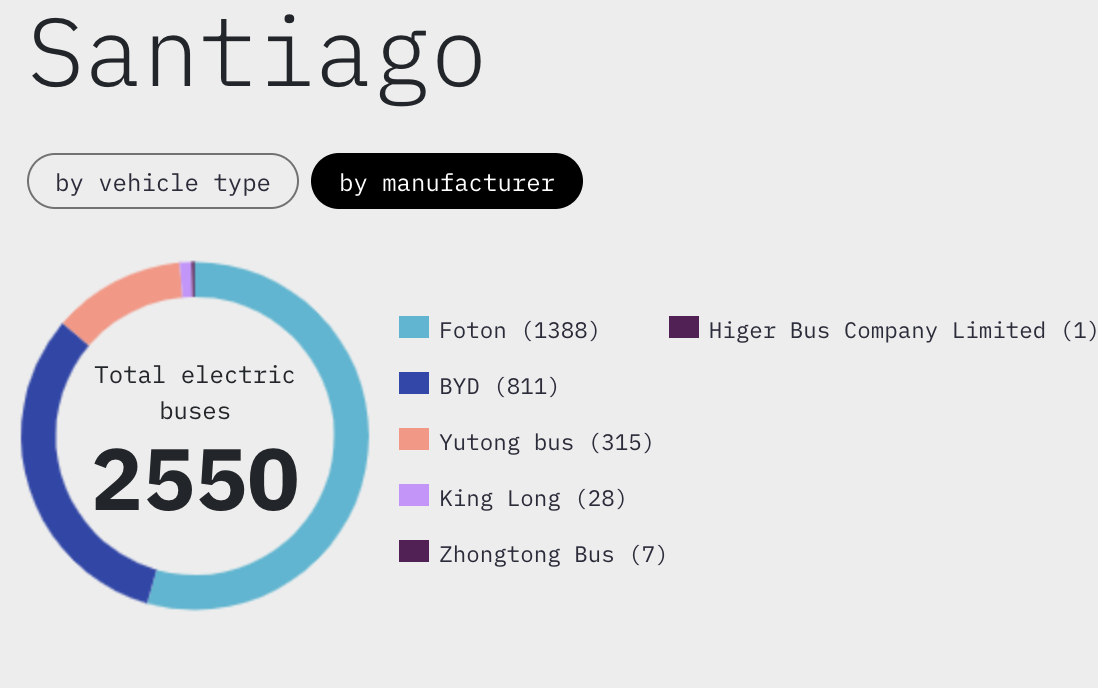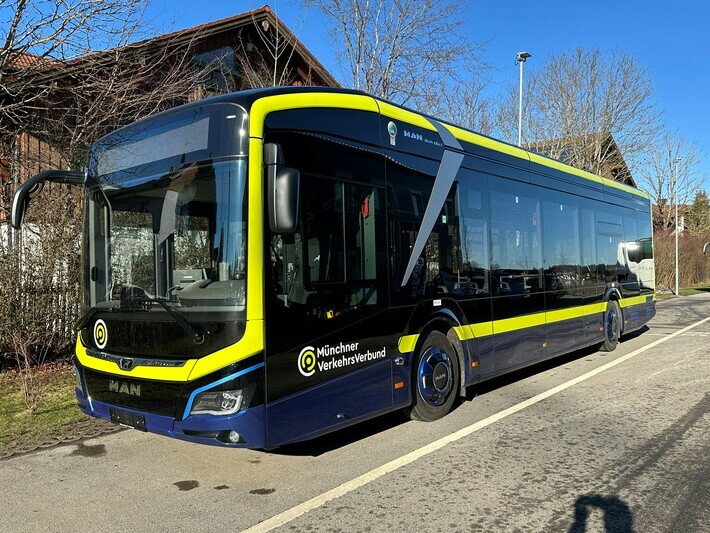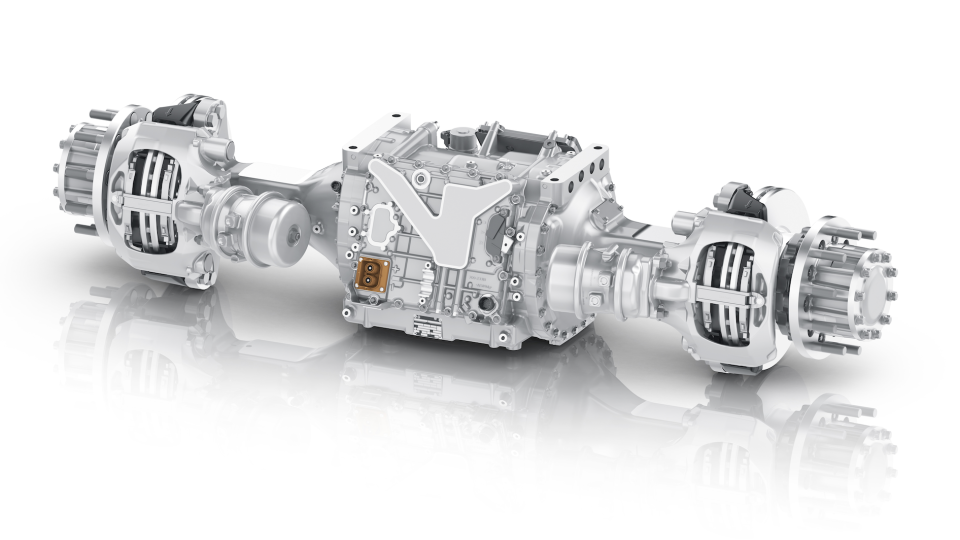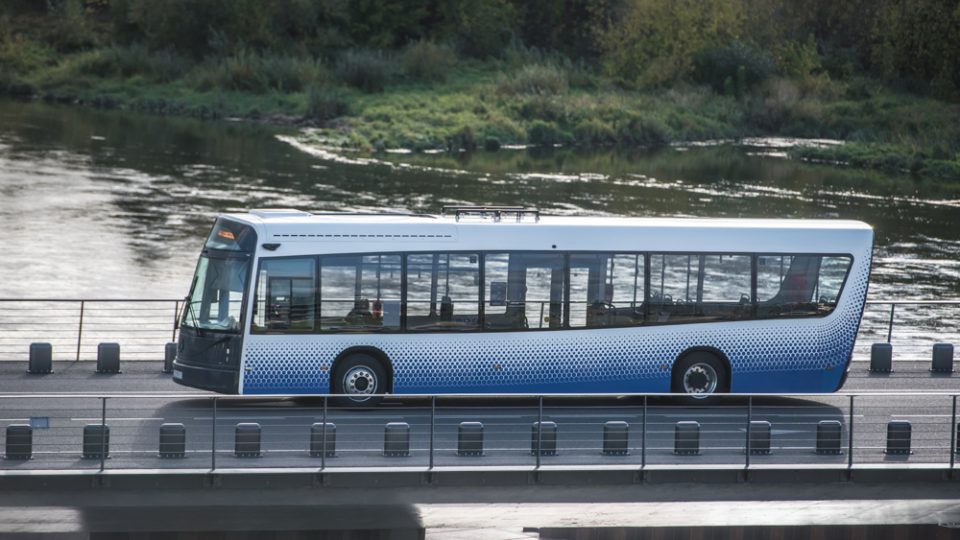Santiago de Chile aims to introduce 1,800 e-buses this year (thus achieving 68% zero emission bus fleet)
Santiago de Chile is on track to consolidate its position as the leading city for electric public transport outside of China, with 4,406 electric buses expected to be in operation by the end of 2025. This figure represents 68% of the capital’s public transport fleet, up from the current 2,550 units already in circulation. The […]

Santiago de Chile is on track to consolidate its position as the leading city for electric public transport outside of China, with 4,406 electric buses expected to be in operation by the end of 2025. This figure represents 68% of the capital’s public transport fleet, up from the current 2,550 units already in circulation. The deployment of an additional 1,800 buses this year marks a key milestone in Chile’s broader strategy to achieve carbon neutrality by 2050.
In mid-December 2023 a tender was issued in the city to renew 30 percent of the public transport system Red Movilidad. The tender provided for the introduction in the network of 1,200 zero emission buses (out of 2,100 new buses) and ’embraces’ 121 routes. In August 2024 Chinese OEM Yutong delivered 214 e-buses in Santiago.
As of March 2025, according to the figures from E-Bus Radar, backed by ZEBRA alliance, the majority of the e-buses running in Santiago are by Foton (1,388, meaning a 54% share). BYD follows with 811, then Yutong standing at 315.

Santiago de Chile aims to have 4,400 e-buses operating
The transition has already delivered measurable results. According to the Metropolitan Public Transport Directory (DTPM), the introduction of electric buses has contributed to an 80% reduction in particulate matter emissions over the past decade.
Today, electric buses are responsible for just 3% of transport-related emissions in Santiago, compared to approximately 90% generated by private vehicles. The implementation of a high-capacity, zero-emission fleet is a central pillar of Santiago’s strategy to improve urban air quality, reduce noise pollution, and align with Chile’s long-term environmental goals.
Speaking at the 2025 Electromobility Seminar—where the first official report on Santiago’s electric fleet was presented—Transport Minister Juan Carlos Muñoz highlighted the sector’s growth, noting that the fleet expanded from just two electric buses in 2016 to more than 2,500 today. Environment Minister Maisa Rojas reinforced the importance of inter-ministerial coordination to ensure the full environmental potential of the transition is realized.
The director of the DTPM, Paola Tapia Salas, mentioned that “we have put ourselves at the service of a state public policy that has spanned three governments, and that today is consolidated in the current government. Electromobility is here to stay and we currently have 2,550 electric buses in Santiago. The largest fleet outside China, surpassed only by Beijing and Shenzhen. And by the end of this year we will have 4,406, representing 68% of the total fleet circulating in the city“.
“Santiago is the city in the world outside China with the largest fleet of electric buses, and the benefits of betting on this energy source are immense: between 2018 and 2023, there was a saving of more than 60 million litres of diesel. Therefore, our commitment is to continue promoting electromobility from north to south, also as a way to advance territorial equity. This year, we will add another 1,800 electric buses to Red Movilidad and we have projects well underway for the different regions of the country,” said the Minister of Transport and Telecommunications, Juan Carlos Muñoz.







